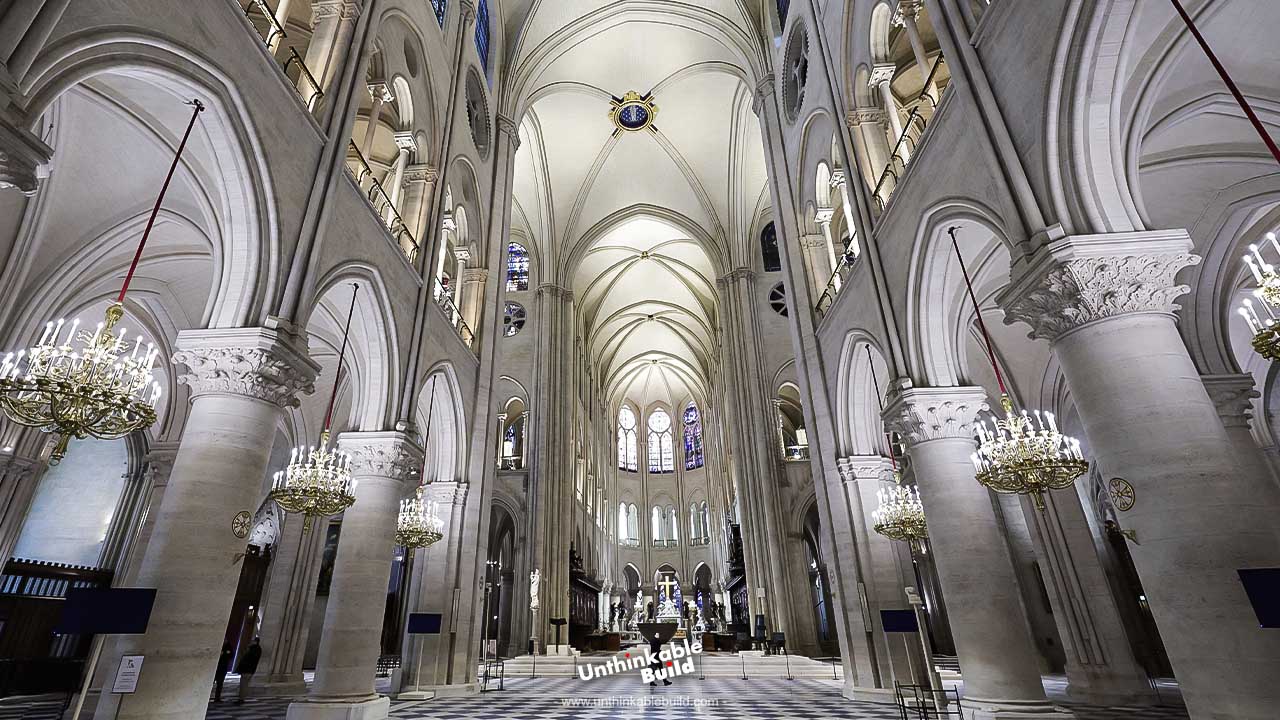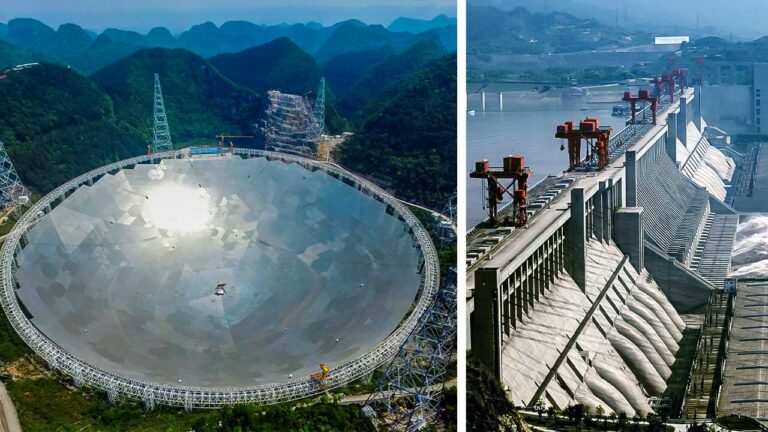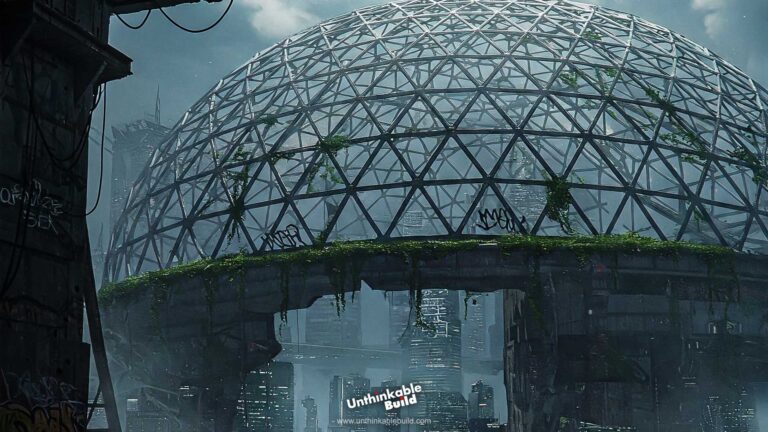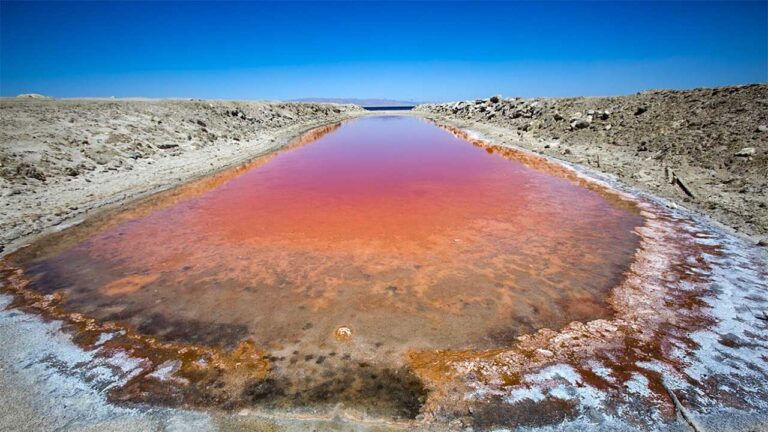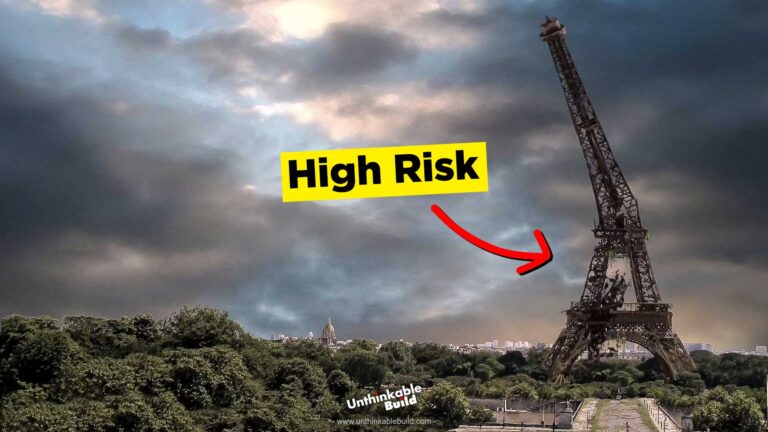From Ashes to Awe: How 2,000 Heroes Rebuilt Notre-Dame Against All Odds
On April 15, 2019, the world stopped and watched in horror as flames devoured one of humanity’s greatest masterpieces—Notre-Dame de Paris. For centuries, this cathedral stood unshaken, surviving wars, revolutions, and time itself—only to nearly collapse in a single night. But what happened next shocked the world even more. Against all odds, in just five years, Notre-Dame didn’t just return—it came back stronger, grander, and more controversial than ever. Was this a miracle of faith, a triumph of human skill, or a political stunt? The truth is, the rebirth of Notre-Dame isn’t just about a building—it’s about the soul of France, the future of history, and a battle between tradition and modernity that’s far from over. Some call it a masterpiece restored; others say it’s been stripped of its soul.
So what really happened behind those scaffolding walls? Who were the unsung heroes—and villains—of this $700 million resurrection? And why does this ancient cathedral still hold the power to divide and inspire millions? This is the explosive, untold story of how Notre-Dame rose from the ashes… and why its fire still burns in the hearts of people worldwide.
The night of April 15, 2019, started like any other in Paris. But by sunset, the unthinkable happened—Notre-Dame was burning. For hours, firefighters battled the flames as the world watched in shock. The spire—the very symbol of Paris—collapsed in a shower of sparks. Priceless relics, centuries-old wood, and stained glass were at risk of being lost forever.
People rushed to the scene, not with cameras—but with prayers. Strangers held hands, singing as their beloved cathedral burned. In that moment, Notre-Dame wasn’t just a building—it was a living part of history, and it felt like losing a loved one.
Also Read: Iraq’s $24 Billion Mega-Port: Challenging the Suez Canal?
How did this happen? Officials say it was either an electrical short circuit or a careless cigarette. But the real question was—could Notre-Dame ever be saved? The answer? Yes—but it would take a miracle. Over 700 million euros poured in from around the world—from billionaires, ordinary citizens, even children donating their pocket money. France vowed to rebuild Notre-Dame exactly as it was… but faster than anyone thought possible.
More than 2,000 workers—stonemasons, glassmakers, blacksmiths—worked day and night. They used the same medieval techniques that built Notre-Dame 850 years ago. Hand-cut stone. Hand-forged nails. Even the same type of oak trees from ancient French forests.
The man leading this mission? Architect Philippe Villeneuve. As a boy, he built a cardboard model of Notre-Dame. Now, he was rebuilding the real thing. He later said, ‘The day of the fire, a part of me died. But today, it’s alive again.’ But not everything went smoothly. Some changes sparked huge controversy. Six historic stained-glass windows—unharmed by the fire—were replaced with modern designs. Critics called it a betrayal. Supporters said it was progress. The fight over Notre-Dame’s soul had just begun.
Why does this cathedral really matter? Because Notre-Dame isn’t just a church—it’s the heartbeat of France. Kings were crowned here. Revolutions were born here. Victor Hugo’s Hunchback of Notre-Dame made it a legend. Losing it felt like losing a part of human history. And its rebirth brought people together in ways no one expected. Muslim craftsmen worked alongside Christian artisans. A choir of construction workers—many who’d never sung before—performed at the reopening. Even a disabled artist, Paul de Livron, used charred wood from the fire to build beautiful wheelchairs—calling them ‘symbols of survival.’
When Notre-Dame reopened in December 2024, it wasn’t just a victory for France—it was a message to the world. In an age of division, this ancient cathedral reminded us: What we build together, no fire can destroy. December 7, 2024—a day Paris would never forget. Five years after the fire, the doors of Notre-Dame finally reopened. The world held its breath as the Archbishop of Paris knocked three times on those ancient doors—a tradition dating back centuries. And just like that… history came alive once more.
Inside, the cathedral gleamed like never before. Every stone had been cleaned, every painting restored, every stained-glass window polished to brilliance. The air was thick with emotion—some whispered prayers, others wiped away tears. For many, it felt like a homecoming. The guest list read like a who’s who of global leaders. But the real stars? The thousands of workers, artisans, and everyday people who made this moment possible. From the carpenters who shaped the spire by hand to the volunteers who sorted through rubble—this was their victory too. And there it was—the new spire, reaching toward the heavens just as it had for centuries. Some called it a perfect copy; others saw it as a symbol of something even greater—proof that what was lost could be found again.
But Notre-Dame’s story doesn’t end here. In a world where so much feels temporary, this cathedral stands as a defiant reminder—some things last. For the skeptics who called it ‘just a building,’ the fire revealed the truth: Notre-Dame is a living, breathing part of who we are. It’s in the Muslim craftsman who helped rebuild it. The disabled artist who turned its ashes into art. The atheist who wept when the spire fell. Notre-Dame doesn’t belong to one faith or one nation—it’s a mirror held up to humanity itself.
Also Read: Why These Mega Cities Were Never Built?
And maybe that’s the real lesson here. When the flames were at their fiercest, people didn’t see stone and wood—they saw hope. Hope that what binds us together is stronger than what tears us apart. Hope that even in our darkest hour, we can still rebuild. 850 years ago, builders laid the first stones of Notre-Dame, never knowing how their work would echo through time. Today, a new generation has added its chapter to that story. So the next time you walk past an ancient monument or a towering cathedral, ask yourself: What will we leave behind? And what, in the end, is truly unbreakable?
They said it was impossible. They said we’d lost Notre-Dame forever—that no fire could burn so fiercely yet leave hope intact. They were wrong. Five years of sweat, sacrifice, and a battle against time itself proved them wrong. What stands today is no mere copy—it’s a resurrection. A phoenix rising from the ashes, more defiant than ever. This wasn’t just about rebuilding stone and glass—it was about reclaiming a soul the world thought was lost. Paris refused to let history fade. Artisans, dreamers, and ordinary heroes stared into the face of ruin and said, ‘Not today.’ What you’ve witnessed here isn’t just a restoration—it’s a revolution. A testament to what humanity can achieve when we refuse to surrender. The stones of Notre-Dame have survived wars, revolutions, and flames. And now? They’re ready to stand for centuries more—silent witnesses to our stubborn, glorious refusal to let beauty die.

